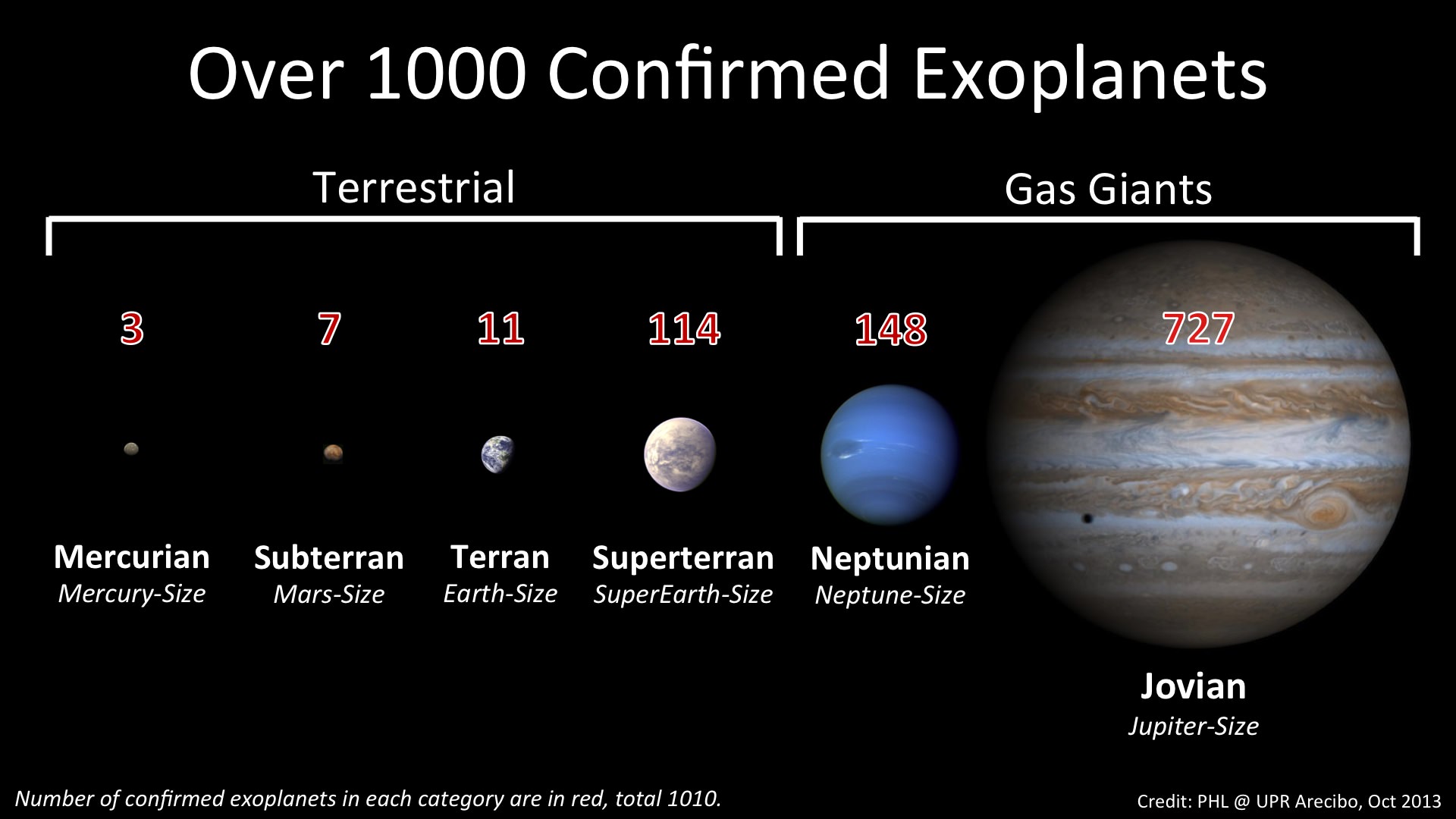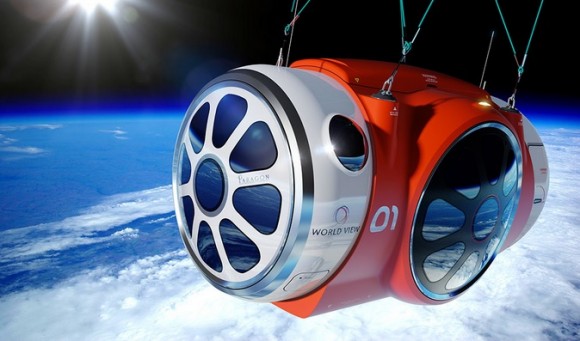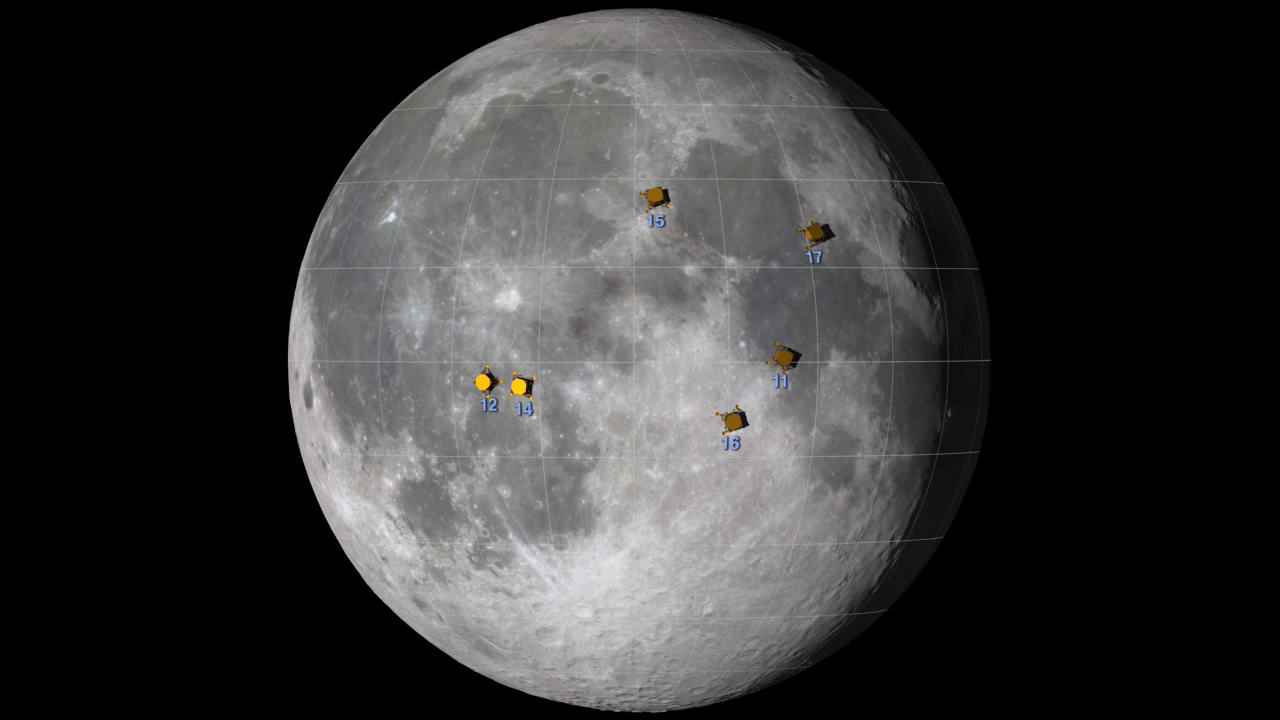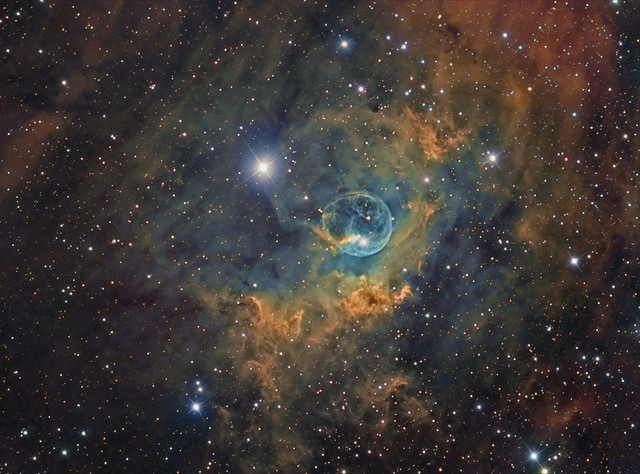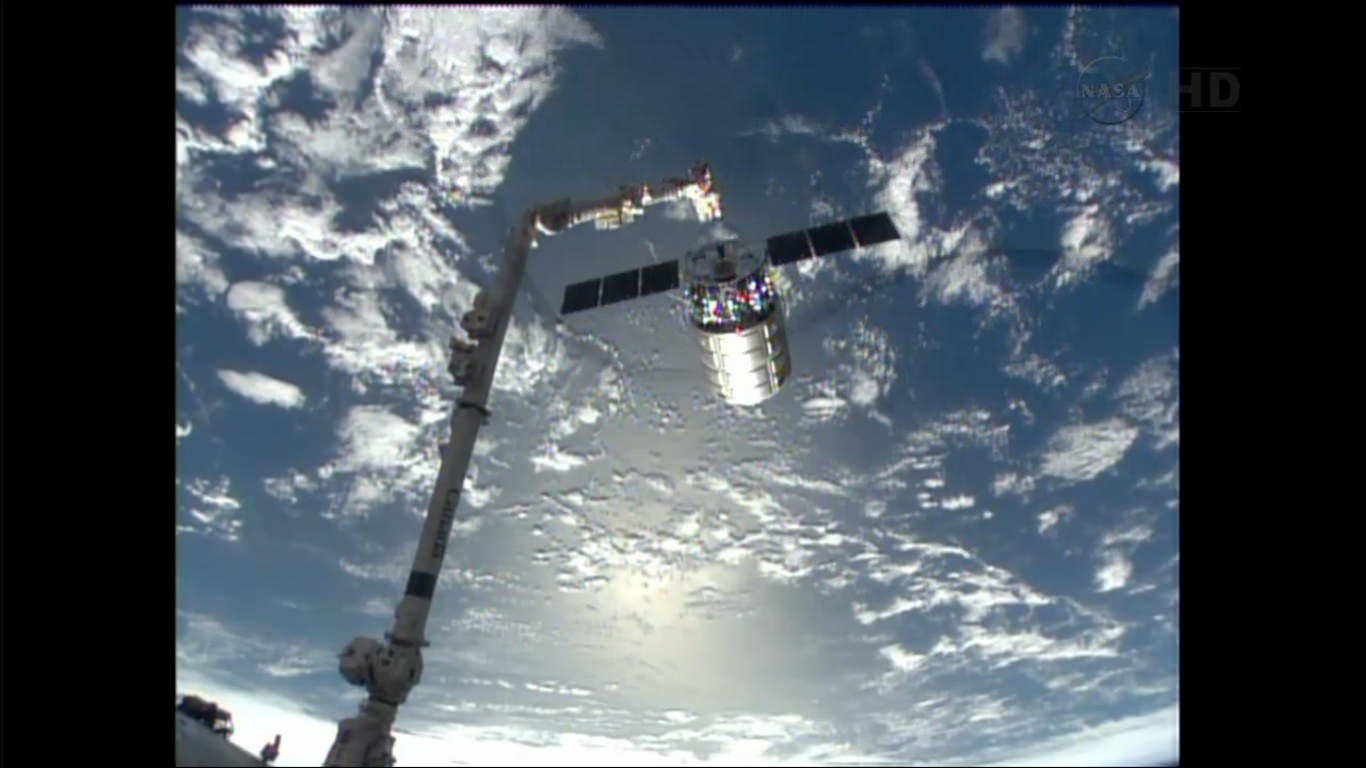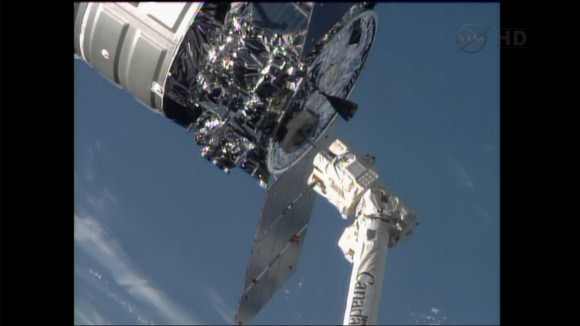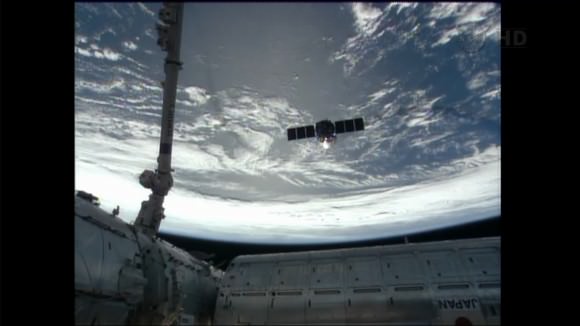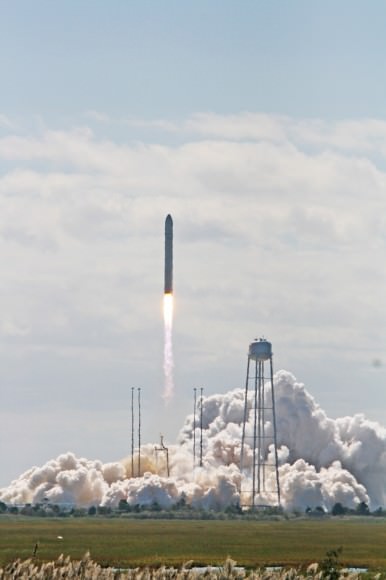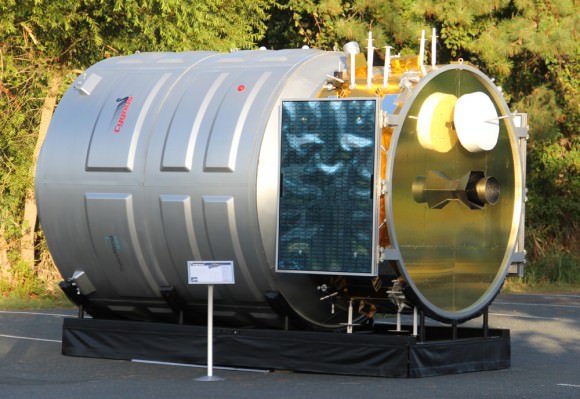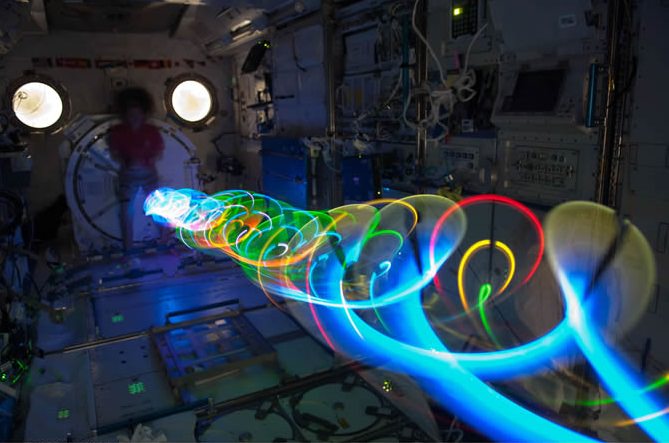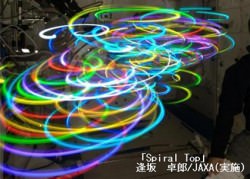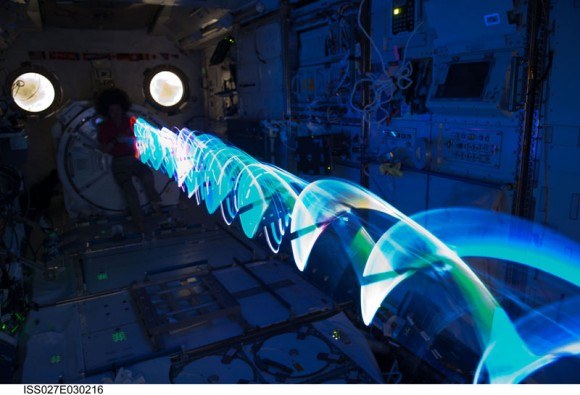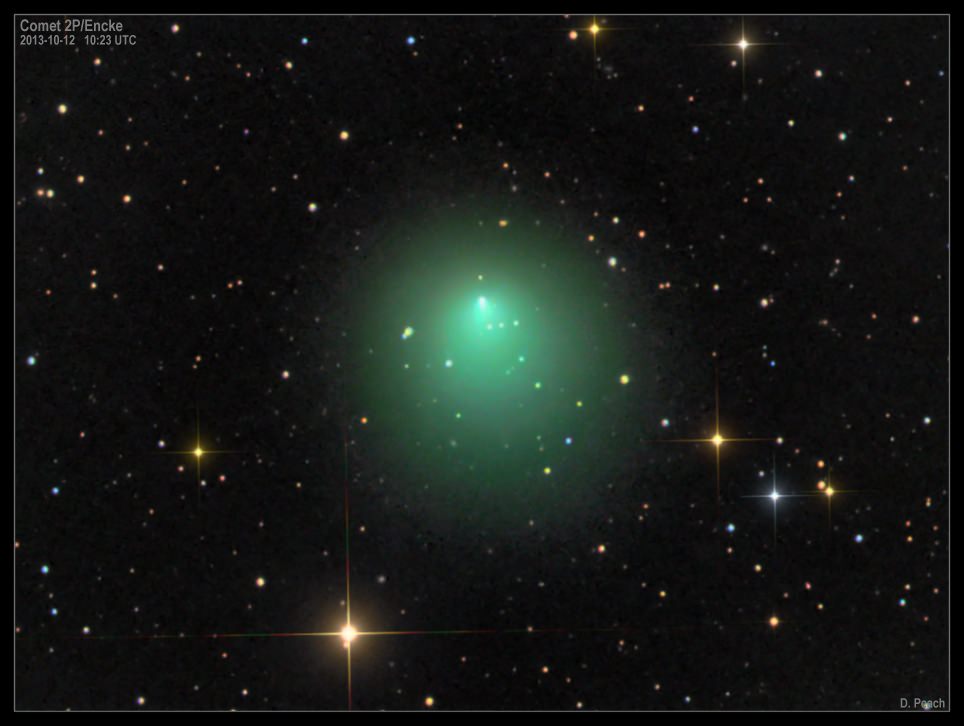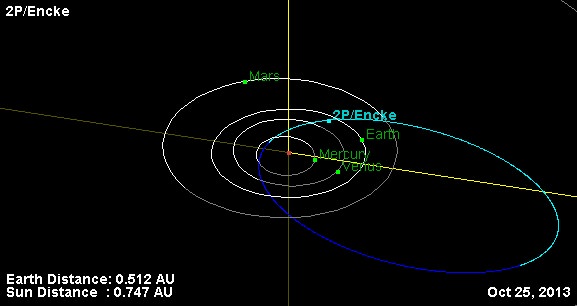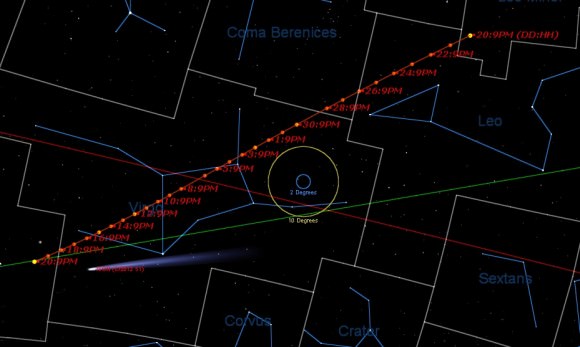It was just last week that we reported on the oh-so-close approach to 1,000 confirmed exoplanets discovered thus far, and now it’s official: the Extrasolar Planets Encyclopedia now includes more than 1,000! (1,010, to be exact.)
21 years after the first planets beyond our own Solar System were even confirmed to exist, it’s quite a milestone!
The milestone of 1,000 confirmed exoplanets was surpassed on October 22, 2013 after twenty-one years of discoveries. The long-established and well-known Extrasolar Planets Encyclopedia now lists 1,010 confirmed exoplanets.
Not all current exoplanet catalogs list the same numbers as this depends on their particular criteria. For example, the more recent NASA Exoplanet Archive lists just 919. Nevertheless, over 3,500 exoplanet candidates are waiting for confirmation.
The first confirmed exoplanets were discovered by the Arecibo Observatory in 1992. Two small planets were found around the remnants of a supernova explosion known as a pulsar. They were the surviving cores of former planets or newly formed bodies from the ashes of a dead star. This was followed by the discovery of exoplanets around sun-like stars in 1995 and the beginning of a new era of exoplanet hunting.
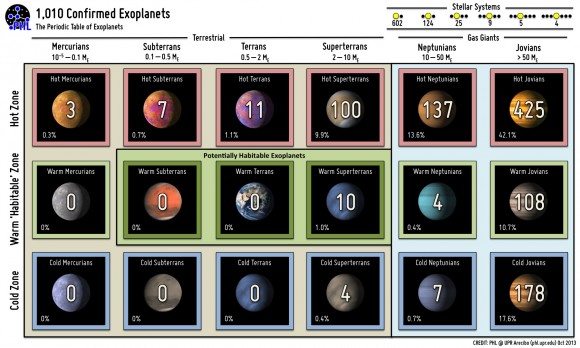
(The first exoplanets to be confirmed were two orbiting pulsar PSR B1257+12, 1,000 light-years away. A third was found in 2007.)
Exoplanet discoveries have been full of surprises from the outset. Nobody expected exoplanets around the remnants of a dead star (i.e. PSR 1257+12), nor Jupiter-size orbiting close to their stars (i.e. 51 Pegasi). We also know today of stellar systems packed with exoplanets (i.e. Kepler-11), around binary stars (i.e. Kepler-16), and with many potentially habitable exoplanets (i.e. Gliese 667C).
Read more: Earthlike Exoplanets are All Around Us
“The discovery of many worlds around others stars is a great achievement of science and technology. The work of scientists and engineers from many countries were necessary to achieve this difficult milestone. However, one thousand exoplanets in two decades is still a small fraction of those expected from the billions of stars in our galaxy. The next big goal is to better understand their properties, while detecting many new ones.”
– Prof. Abel Mendéz, Associate Professor of Physics and Astrobiology, UPR Arecibo
Source: Press release by Professor Abel Méndez at the Planetary Habitability Laboratory (PHL) at Arecibo
Read more: Kepler Can Still Hunt For Earth-Sized Exoplanets
While not illustrating the full 1,010 lineup, this is still a mesmerizing visualization by Daniel Fabrycky of 885 planetary candidates in 361 systems as found by the Kepler mission. (I for one am looking forward to the third installment!)
Of course, scientists are still hunting for the “Holy Grail” of extrasolar planets: an Earth-sized, rocky world orbiting a Sun-like star within its habitable zone. But with new discoveries and confirmations happening almost every week, it’s now only a matter of time. Read more in this recent article by Universe Today writer David Dickinson.

